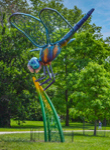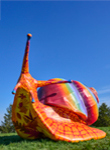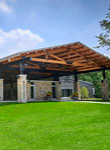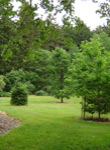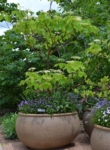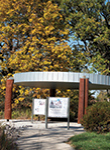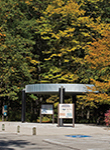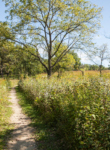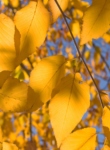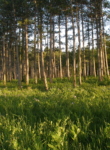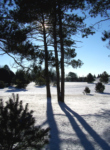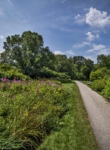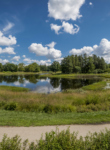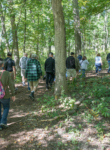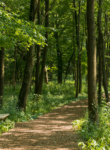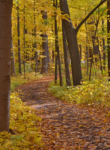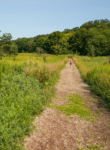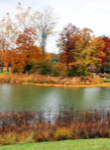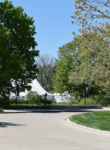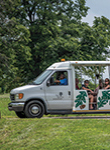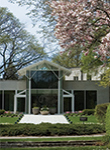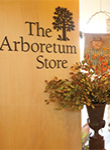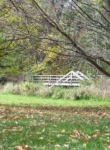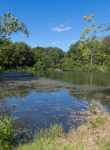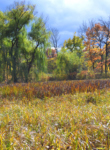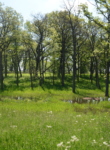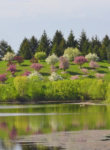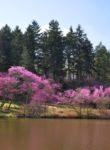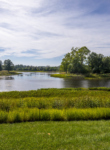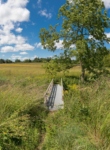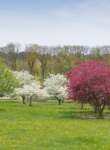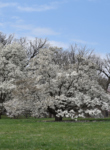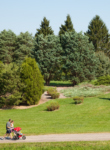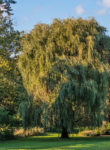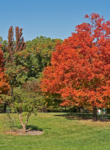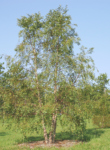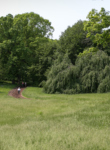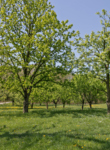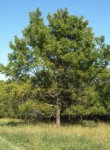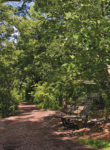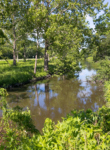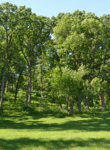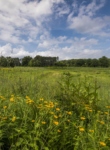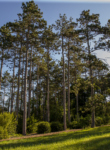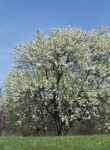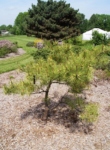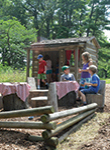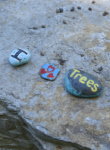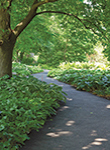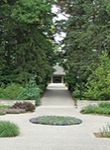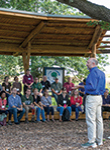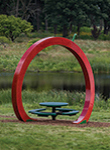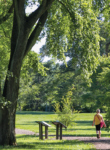Autumn olive is an exotic weed in Illinois. The Illinois Exotic Weed Act prohibits the sale or distribution of this plant in Illinois. This plant spreads through its numerous seeds that are typically dispersed by animals. It commonly grows in disturbed areas, and other common habitats can include woods, grasslands, or forests. The shrub is intolerant of moist environments. Autumn olive was introduced from Asia as an ornamental, as well as for erosion control. The plant has spread vigorously and today can be throughout the Eastern United States, as well as in a few western states.
Autumn olive is also an invasive plant. An invasive plant is a plant species that is non-native to the location being considered and whose presence and spread negatively impacts (or is likely to impact) ecological and economic health. Autumn olive has the ability to generate hundreds of thousands of seeds. The rapid growth rate of seedlings allows them to outcompete other nearby plants for space and sunlight. This can result in the displacement of other plants, and lead to a monoculture of autumn olive. This plant is also known to change the nutrient composition of soil and make environments favorable to its own growth, while simultaneously making the area less inhabitable for other plants (allelopathy). Data collected at The Morton Arboretum show that this tree is invasive on the Arboretum grounds.
In its place, white sage (Artemisia ludoviciana) can be planted as a good alternative. This herbaceous perennial is hardy, has a shrublike growth pattern, and has leaves with a similar silver appearance. There are a number of native and non-native species that could be used in place of autumn olive. More desirable species may be found using the online Search Trees and Plants page of the Arboretum website. Before purchasing or planting, be sure to check for any local or state guidelines on these species, and ensure that the plant is suitable for its habitat by checking its attributes at mortonarb.org or plants.usda.gov.
- Family (English) Oleaster
- Family (botanic) Elaeagnaceae
- Tree or plant type Tree, Shrub
- Hardiness zones Zone 4, Zone 5 (Northern Illinois), Zone 6 (City of Chicago), Zone 7, Zone 8, Zone 9, Zone 10

